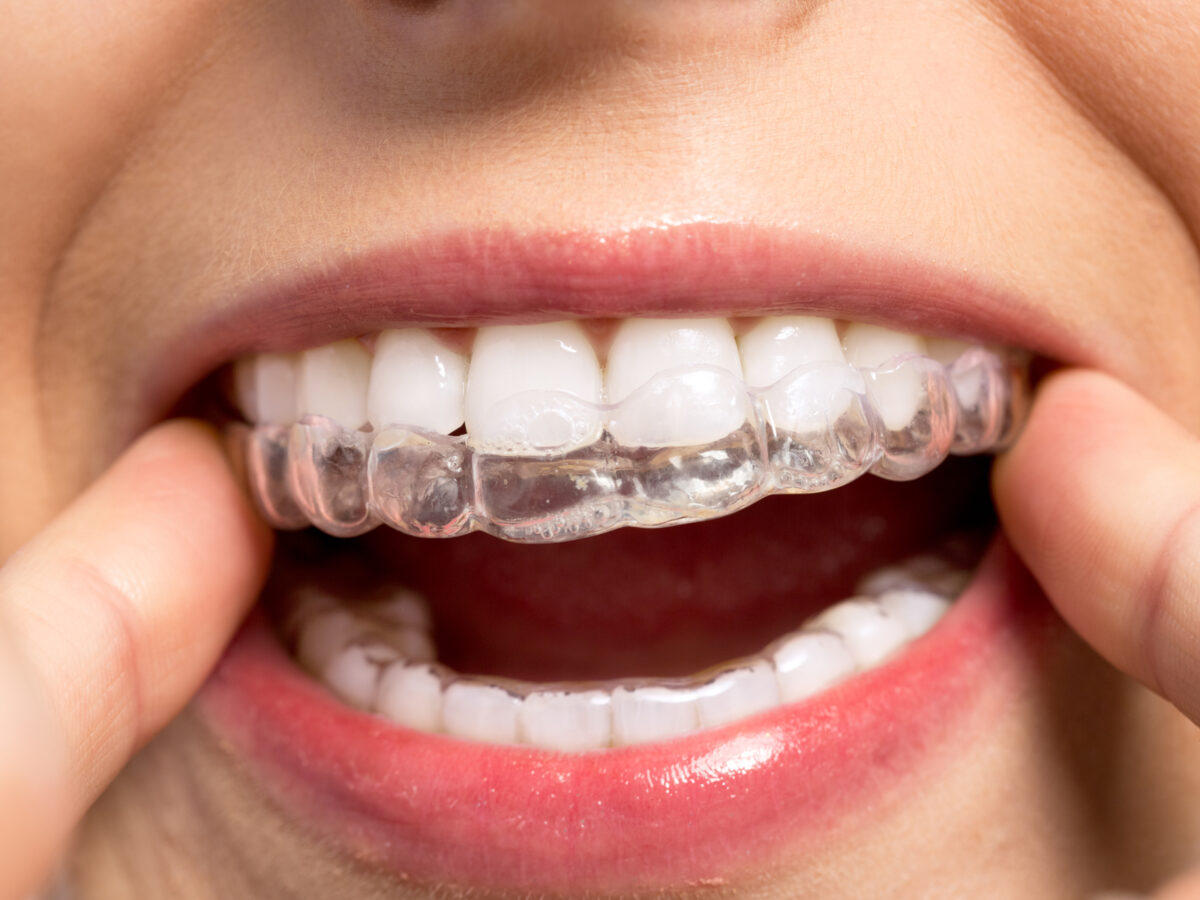Blog
Dental hygiene tips for healthy teeth & gums

Is Invisalign The Best Solution For Underbite Treatment?
Orthodontic treatments have evolved with the introduction of Invisalign, offering removable, nearly invisible trays that can address a wide range of teeth alignment problems without the conspicuous appearance of traditional braces. Among clear aligners, Invisalign stands out due to its effectiveness and aesthetic appeal. Many prefer these clear aligners for their comfort, convenience, and efficacy.
A common question is whether Invisalign can correct an underbite. The answer is “Yes.” Invisalign can effectively treat a variety of malocclusions, including overbites, crossbites, underbites, open bites, gapped teeth, and crowded teeth. However, it’s essential to understand that each patient’s misalignment varies, and what works for one person might not work for another.
In this article, we’ll delve deeper into underbites, how Invisalign can treat them, and its potential limitations.
Understanding Underbites and Associated Issues
Ideally, the upper teeth should slightly overlap the lower teeth. An underbite occurs when the lower front teeth protrude beyond the upper front teeth when the mouth is closed. This condition can arise from misaligned teeth or a forward-protruding lower jaw.
If the underbite results solely from teeth misalignment, clear aligners can address it. However, if the issue stems from jaw misalignment, a combination of Invisalign and surgical intervention might be necessary.
An untreated underbite isn’t just a cosmetic concern; it can lead to chewing and speech difficulties, increased wear and tear on teeth, tooth decay, bad breath, chronic mouth breathing, dry mouth, and bacterial infections. Correcting an underbite can boost confidence, reduce self-consciousness, and prevent future dental issues.
Causes of Underbites
Underbites often develop during childhood due to various factors, including genetics, injuries, and certain habits. Some contributing childhood habits include:
- Excessive pacifier use or thumb-sucking beyond the age of three.
- Prolonged bottle feeding.
- Jaw or alignment developmental issues.
- In rare instances, oral tumors.
- Tongue thrusting.
- Chronic mouth breathing or nasal congestion.
Types of Underbites
Underbites vary in severity and cause. Understanding these variations can clarify why some conditions are more responsive to Invisalign than others:
- Mild Underbite: A slight misalignment where the teeth almost align edge to edge.
- Severe Underbite: A significant gap exists between the upper and lower front teeth.
- Dental Underbite: This underbite results from teeth misalignment.
- Skeletal Underbite: This underbite is due to jawbone issues.
For dental underbites, Invisalign can be an effective standalone treatment. However, for skeletal underbites, Invisalign may need to be combined with other treatments.
Duration of Invisalign Treatment for Underbites
On average, Invisalign treatment spans twelve to eighteen months, though some individuals may notice improvements within two weeks. The treatment duration varies based on the complexity of the case. A dentist can provide a more accurate estimate after evaluating the patient’s needs.
How Invisalign Works
- Invisalign consists of clear plastic trays designed to fit snugly over your natural teeth.
- These trays exert gentle pressure on specific teeth areas, gradually moving them to desired positions.
- Patients typically switch to a new set of trays every two weeks to accommodate the shifting teeth.
- Each new tray set may feel slightly different as they continue the alignment process.
- For optimal results, wear the aligners for at least twenty to twenty-two hours daily.
Conclusion
Invisalign offers a discreet solution for various teeth alignment issues, including underbites. While effective for mild to severe dental underbites, skeletal underbites may require additional treatments. Results can be noticeable within two weeks, with the full treatment typically lasting twelve to eighteen months.


